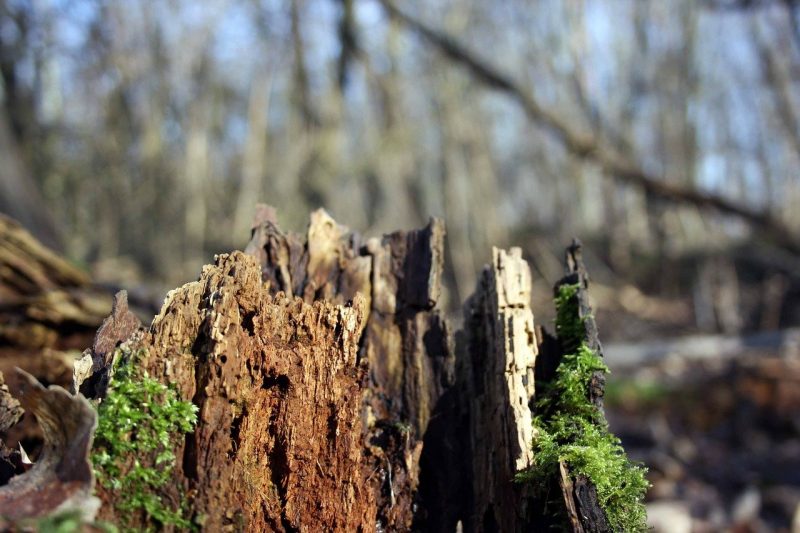If you want to how to treat root rot in soil, you have two solutions to help your plants survive. This article will also discuss how you can determine root rot to solve the problem as quickly as possible. However, remember fungi typically cause root rot, so other preventative practices are crucial for your plants.
If the environment is unstable, it can encourage the growth of organisms like fungi. Perhaps this is why growing in the greenhouse can be advantageous in avoiding such problems. More so, Improper practices such as watering can also keep the plant roots in standing water, leading to this disease.

How To Fix Root Rot In Soil
Solution #1. Replant
The first solution you can also consider as the first step to treat root rot in the soil is replanting your plants. This should always be your first option to determine if you can still save your plant. Remember that the entire root system is already damaged in some cases, and there’s no point in keeping the plant.
More so, removing the affected plants in the area will help you control the spread of root rot. Some plants that have withered completely will also just compete with the healthier ones, so it’s best to uproot them. Afterward, compost the holes to prevent the fungus from spreading.
Check for healthy roots
A healthy root system still has firm and white roots, but a fully damaged one is mushy and dark. Upon digging out the plant, check its roots to see if you can still save it by replanting. If there are still viable roots, replanting it in new soil with good drainage can help recover it.
Clean the root system and remove damaged roots
Before planting, you want to run the roots under clean water to get rid of the soil. Remove those that are damaged by root rot and use sterile and sharp scissors to prevent them from contacting the healthy roots. However, the emphasis is necessary on using well-draining soil for replanting because fungus thrives in a wet environment.
Your plant will have a hard time recovering if the soil is not ideal for its health. And if the ground is too dry, it would also cause drawbacks to developing a healthy root system. Lastly, don’t forget to sterilize your tools because fungal spores can spread to the new environment or other plants.
Solution #2. Rejuvenate plants
The second solution or step after uprooting and replanting your plants is to ensure that the practices and conditions support their recovery. For starters, keep your plants from getting stressed due to fluctuating climates. You can grow them in the greenhouse until the outdoor conditions stabilize, and they have grown vigorous enough to handle climate changes.
Ideal site
When replanting, you want to have the plants at the same depth as their previous location. This way, the plant can recover faster from root rot because the roots can dry out and not stay mushy. Some gardeners also do scuffling in between rows to help the new root growth contact with the soil.
Should you use fungicides? Overwatering and fungi are the culprits of root rot, so one can assume that treating the soil with fungicides can help treat this condition. However, there are many kinds of fungicides, and using them blindly will only damage the plants.
You also don’t want to contaminate the soil from using too much product as this can make the plant more susceptible to root rot. If the fungicide doesn’t properly make contact with plant roots, the chemical will only be ineffective. Get your plants tested for the fungus causing root rot and use fungicides only when it’s the last course of action suitable.
Fertilizing and watering
Fertilizing your plants will help them recover and encourage root development. Experienced gardeners cultivate nitrogen between the rows at a rate suitable for the area. Remember that nitrogen supports root growth, and you can choose from potassium nitrate, ammonium nitrate, or ammonium sulfate.
Overwatering and soggy soil support root rot and fungal growth, confusing you with how to water plants that are recovering from that condition. However, root rot typically starts at the plant’s crown, so you want to water around the plant instead of targeting the base. This way, the plant still has access to water to rejuvenate itself, but the crown doesn’t get overwatered.
Signs Of Root Rot
You also need to be familiar with root rot symptoms to address the problem as quickly as possible. Of course, the best way to do this is to check for mushy and black roots with a strong decomposing odor. However, the plant can also exhibit yellowing leaves and foliage that stops growing.
This is because the plant can’t absorb nutrients as efficiently due to the damaged roots. In turn, the foliage wilt, and flowering plants can even delay blooming. Over time, the plant can die after ten days.
Conclusion
Once you notice yellowing leaves and slow-growing foliage, it might be a telltale sign of root rot. But before you fret, you can learn how to treat root rot in soil using two steps. Start by uprooting the plant and removing the damaged mushy roots.
If the entire root system is damaged, it’s best to dispose of the plant as it’s unlikely that it will recover. Otherwise, replant in a well-draining site at a depth similar to the plant’s last hole and feed with nitrogen. You can also water around the plant, but only consider using fungicides as the last resort.
